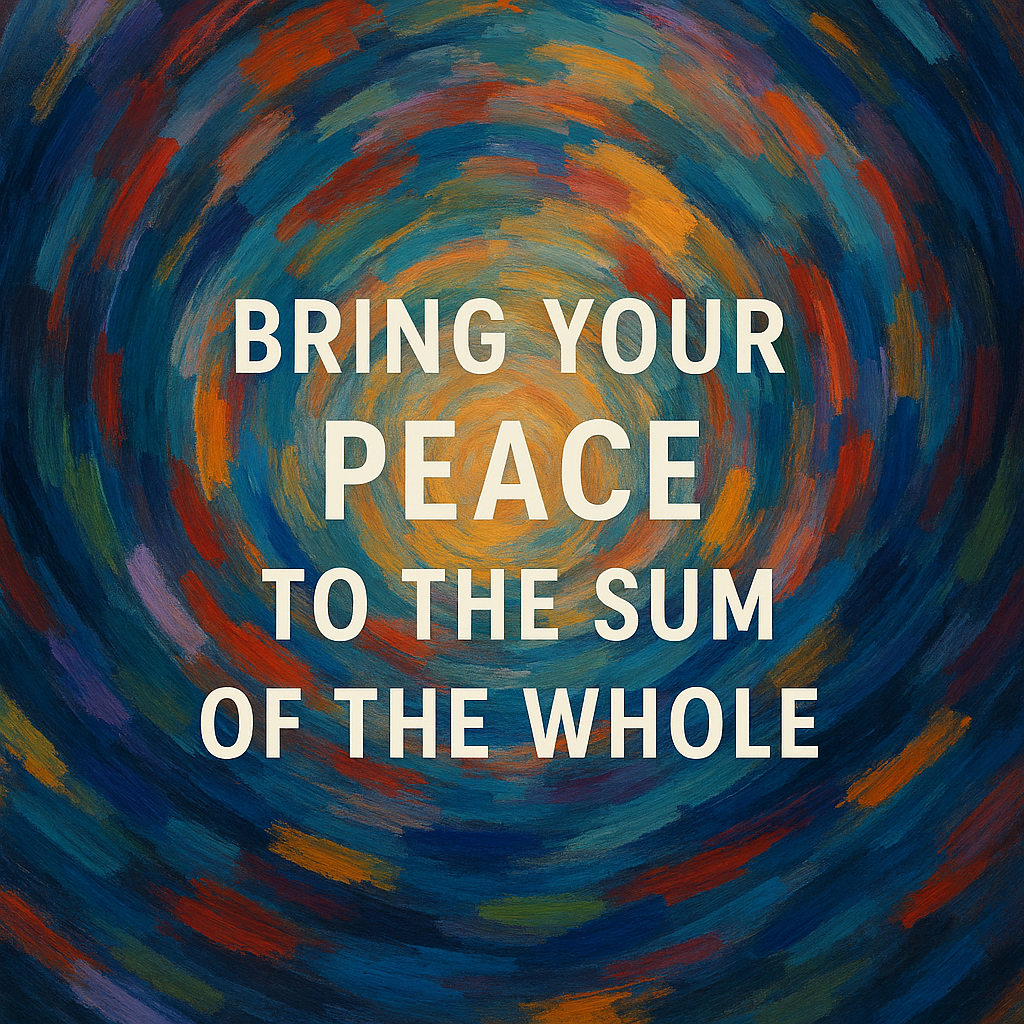Becoming a Peaceful Change Organisation
What Does a Peaceful Change Organisation Look Like?
This is the final part of our series of three articles celebrating International Peace Day 2025.
Click to read Part 1: Why Organisations Feel Like They’re in Conflict
Click to read Part 2: Why Organisational Change Causes Harm
Once again, please consider joining us in making a donation this week to WarChild and help them protect, educate and stand up for the rights of children living through conflict.
Start with Healing, Not Hustle
What if your transformation programme began with healing? Not as a soft add‑on, but as the first act of strategy. In our work, the organisations that move fastest later are the ones that slow down at the start—long enough to repair trust, acknowledge harm and build the habits that keep relationships strong when the work gets hard.
Step 1: Learn from the Past
Invite histories from people who are usually over‑talked: frontline staff, minoritised colleagues, temps and contractors, those who left. Set up small, facilitated listening circles with clear agreements: confidentiality, curiosity, no fixing in the room. Ask ‘Tell me a story from your time here that describes this organisation?’ Or, a favourite of ours, ask everyone to bring an artefact that describes the organisation and make a pop-up exhibition. Capture patterns and pinch points in the language people use. Build a shared timeline of key events, decisions, trends. This is not about assigning blame; it’s about building shared memory so we make wiser choices next time.
“Peaceful organisations face into disagreement earlier, with better tools, and leave fewer scars.”
Step 2: Acknowledge Harm and Take Accountability
We often hear ‘We don’t want a blame culture,’ but what’s really present is an avoidance‑of‑blame culture. Peace requires ownership that goes beyond legal minimums. Governance documents might highlight specific accountabilities but only for the purpose of avoiding accountability of anything unforeseen or ‘messy’. But how can the recurring conflicts within organisations be resolved without leaders choosing to stand up and make themselves accountable for things they are not expected to either by law or convention?
There are really interesting case studies currently playing out as mission driven organisations grapple with longlasting conflicts such as how Museums deal with human remains in their collections (BBC Future ‘Is it ever ethical for museums to display human remains?’). While a cynical observer might reduce this solely to reputation management, it seems to us that these grapplings with the histories of powerful institutions is motivated much more by a desire to act ethically and to bring healing to communities exploited by colonialism. It is not a straightforward task by any means.
Real accountability confronts the mess and the difficulty and the pain. Not because a chart says we have to… but because someone must, and it might as well be us.
Step 3: Agree How We’ll Live Together
This is where peace becomes design. Bring cross‑sections of the organisation together to articulate norms and guardrails that make relationships durable: how we make decisions; how dissent shows up and is welcomed; what ‘fairness’ means in work allocation, performance and progression; what we’ll do when we inevitably get it wrong. We’re not seeking the absence of conflict. We’re seeking restored relationships that hold conflict well.
Peace Is a Performance Advantage
None of this means becoming conflict‑averse, hesitant or static. Quite the opposite. When the norm for so long has been covert conflict, peace should be disruptive! Peaceful organisations face into disagreement earlier, with better tools, and leave fewer scars. They get faster over time because they don’t have to work around the invisible cost of mistrust. That’s competitive advantage as culture.
Ready to Start?
If your leadership holds a relational vision of the future, we’d love to partner with you. Together with Resolve Consultants, we’re building a cohort of Peaceful Change Organisations: ready to learn, heal and design together. If that’s you, book an intro chat.
We’ll support you to move through the steps outlined above with thoughtfulness and purpose, creating space for you and your colleagues to build Peace as a competitive advantage.

